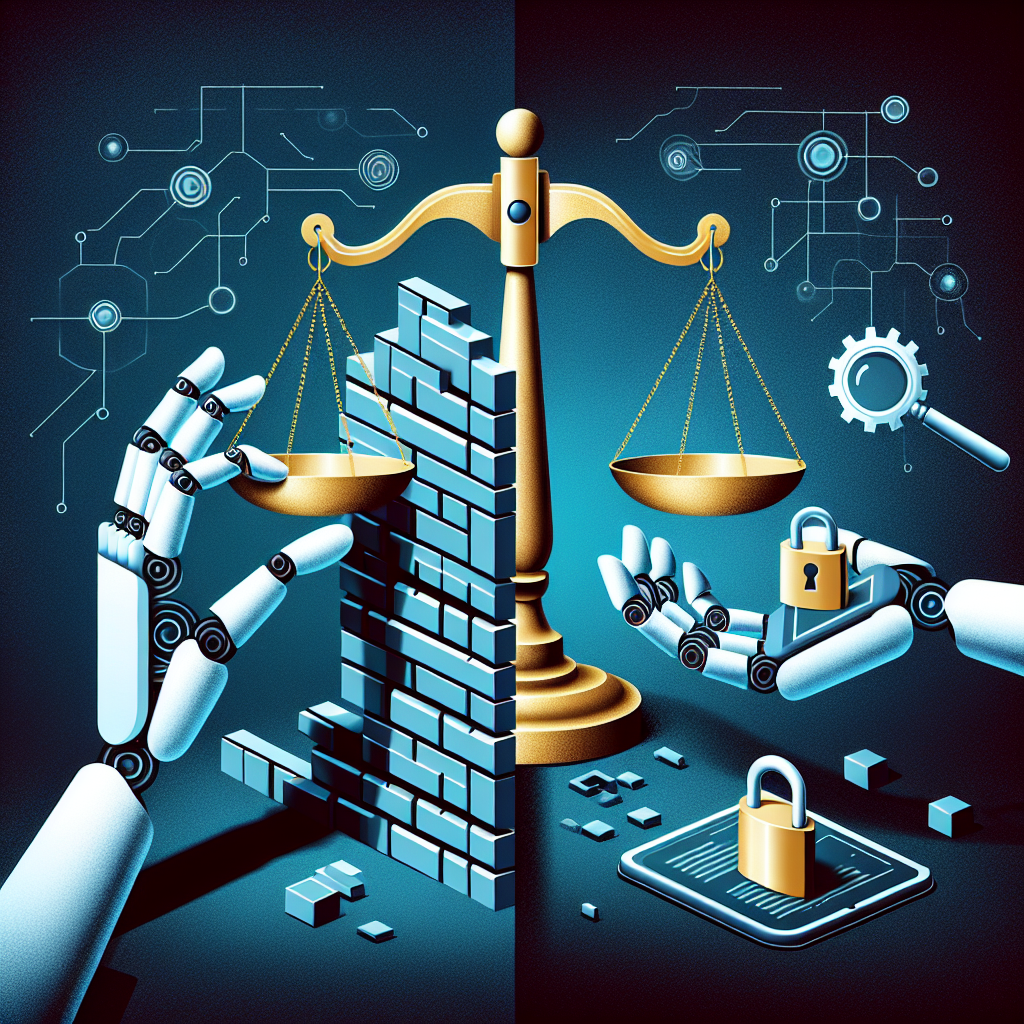In recent years, artificial intelligence (AI) has become increasingly integrated into our daily lives, impacting everything from the way we shop online to the way we receive medical treatment. While this technology has the potential to revolutionize many aspects of society, it also raises serious concerns about privacy and data protection.
As AI algorithms become more sophisticated and powerful, they are able to collect and analyze vast amounts of personal data, often without the knowledge or consent of the individuals involved. This has led to a growing demand for stronger privacy laws to regulate the use of AI and protect the rights of individuals.
The Need for Stronger Privacy Laws
There are several reasons why stronger privacy laws are needed to regulate the use of AI. One of the main concerns is the potential for AI algorithms to make biased or discriminatory decisions based on the data they have been trained on. For example, if an AI algorithm is trained on data that is biased against a certain group of people, it may produce results that discriminate against that group.
Another concern is the lack of transparency in how AI algorithms make decisions. Many AI algorithms are complex and opaque, making it difficult for individuals to understand why a certain decision was made or to challenge it if they believe it to be incorrect or unfair.
Furthermore, there is a risk that personal data collected by AI systems could be misused or stolen, leading to identity theft or other forms of fraud. Without strong privacy laws in place to regulate the collection, storage, and use of personal data, individuals are left vulnerable to exploitation by companies or malicious actors.
In addition, the rapid advancement of AI technology means that existing privacy laws may not be sufficient to address the unique challenges posed by AI. As AI becomes more integrated into society, it is clear that new regulations are needed to protect the privacy and data rights of individuals.
FAQs
Q: What kinds of personal data are collected by AI systems?
A: AI systems can collect a wide range of personal data, including but not limited to: browsing history, location data, social media activity, health information, and financial transactions.
Q: How is personal data used by AI algorithms?
A: Personal data is used by AI algorithms to make predictions, recommendations, and decisions based on patterns and trends in the data. This can include things like personalized advertising, credit scoring, and predictive policing.
Q: What are some examples of biased or discriminatory AI algorithms?
A: There have been several high-profile cases of AI algorithms producing biased or discriminatory results, such as in the case of facial recognition technology that has been shown to be less accurate for people of color, or in the case of hiring algorithms that have been found to favor certain demographics over others.
Q: How can individuals protect their privacy in the age of AI?
A: There are several steps individuals can take to protect their privacy in the age of AI, including being mindful of the data they share online, using strong passwords and encryption, and being cautious about the apps and services they use.
Q: What can governments and regulators do to address the privacy concerns raised by AI?
A: Governments and regulators can introduce stronger privacy laws and regulations to govern the use of AI, including requirements for transparency, accountability, and data protection. They can also invest in research and development to ensure that AI systems are fair, unbiased, and respectful of individual rights.
In conclusion, the rise of artificial intelligence presents both exciting possibilities and serious challenges for privacy and data protection. As AI continues to evolve and become more integrated into our lives, it is crucial that strong privacy laws are put in place to regulate its use and protect the rights of individuals. By addressing these concerns proactively, we can ensure that AI technology benefits society as a whole, while respecting the privacy and autonomy of individuals.

